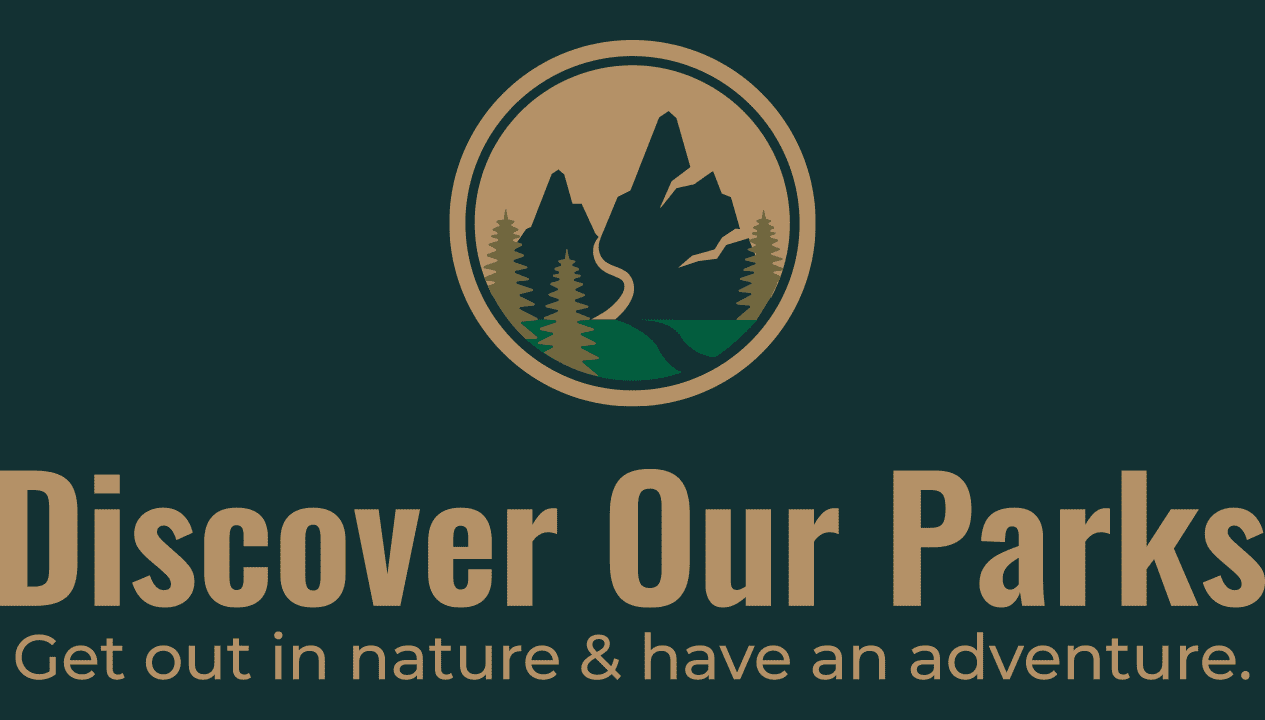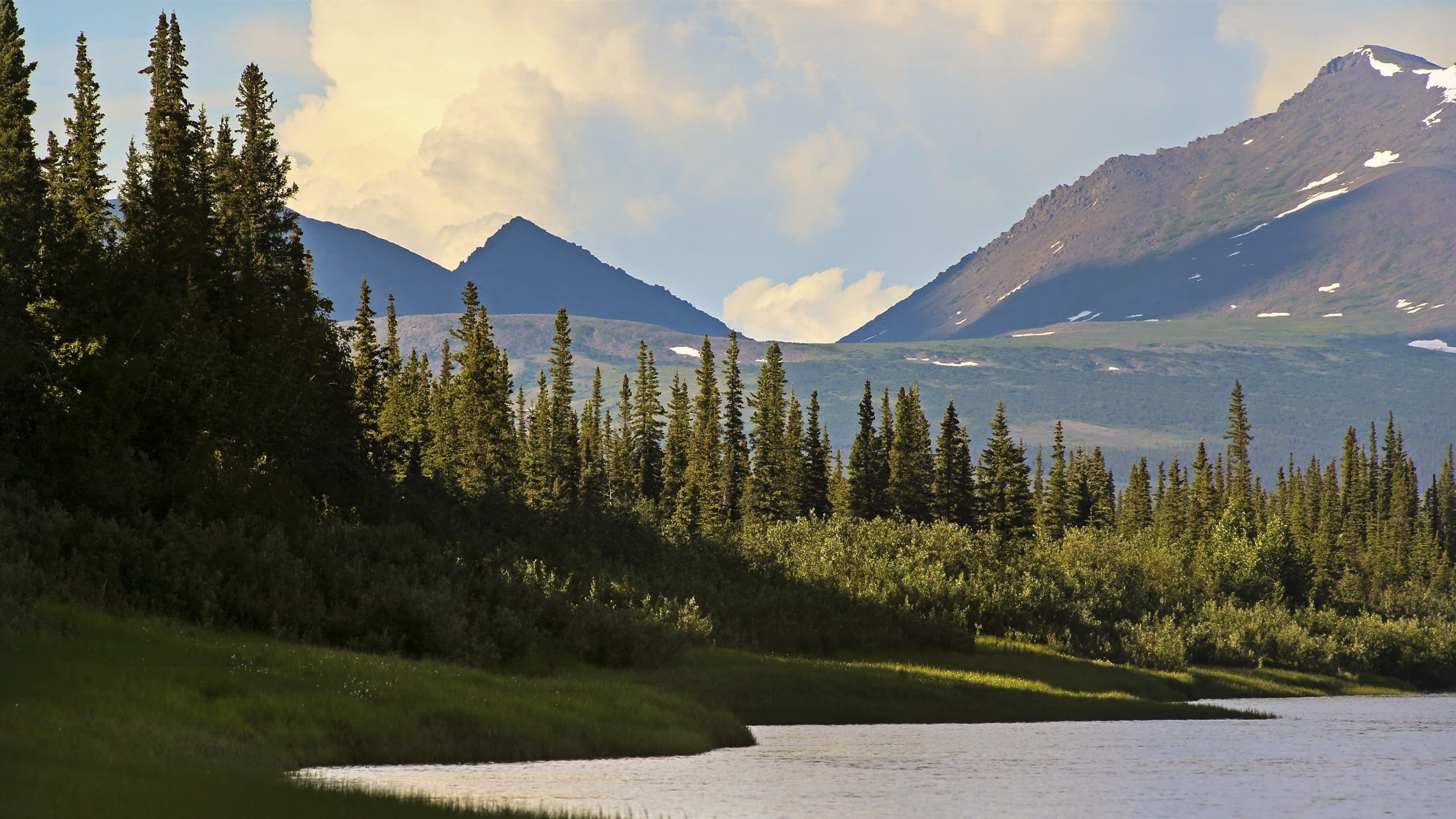About Kobuk Valley National Park
Kobuk Valley National Park was established on December 2, 1980, under the Alaska National Interest Lands Conservation Act (ANILCA) to maintain the environmental integrity of the natural features of the Kobuk River Valley, including the Kobuk, Salmon, and other rivers, the boreal forest, and the Great Kobuk Sand Dunes, in an undeveloped state, to protect and interpret, in cooperation with Alaskan Natives, archaeological sites associated with Native cultures; to protect migration routes for the Arctic caribou herd; to protect habitat for, and population of, fish and wildlife including but not limited to caribou, moose, black and grizzly bears, wolves and waterfowl and to protect the viability of subsistence resources.
Kobuk Valley National Park is approximately 1.7 million acres and encompasses a nearly enclosed mountain basin on the middle section of the Kobuk River in northwest Alaska. Trees approach their northern limit in the park, where forest and tundra meet, creating a mosaic of forest and open tundra. Thousands of caribou funnel through mountain passes and cross the Kobuk River on their spring and fall migrations. Salmon and arctic char migrate to spawning grounds within the park. These and other seasonally abundant plant and animal resources have made the middle section of the Kobuk River favorable for human habitation and use. Native people have hunted, fished, and lived along the Kobuk River for at least 12,500 years, and the subsistence use of resources of the Kobuk Valley continues into the present. This vast natural landscape is home to the Inupiat Eskimo people who currently live along the Kobuk, upstream and downstream from Kobuk Valley National Park.
There are no developed facilities in Kobuk Valley National Park, but 1,795,280 acres of remote backcountry provides a lot of room for outdoor adventures. In summer, boating, camping, hiking, backpacking, flightseeing, wildlife watching, photography and fishing opportunities abound. For people with Arctic winter survival skills and personal equipment, snow machining, skiing and dog mushing are also possible.
Permits are not required for independent travelers. Community programs are available throughout the year at the Northwest Arctic Heritage Center. Topics include natural and cultural history of the park, local research, workshops, and children’s activities. Popular activities include backpacking in the Baird Mountains, floating the Kobuk River, and hiking and camping in the Great Kobuk Sand Dunes.
Caribou, sand dunes, the Kobuk River, and Onion Portage are just some of the facets of Kobuk Valley National Park. Half a million caribou migrate through, their tracks crisscrossing sculpted dunes. The Kobuk River is an ancient and current path for people and wildlife. For 9000 years, people came to Onion Portage to harvest caribou as they swam the river. Even today, that rich tradition continues. Kobuk Valley National Park is very remote. There are no roads to provide access, so planes take care of most transportation needs. Commercial airlines provide service from Anchorage to Kotzebue, or from Fairbanks to Bettles. Once in Kotzebue or Bettles, you must fly to the park with authorized air taxis.
Source: Foundation Document Overview – Kobak Valley National Park
Fast Facts:
| Date the Park was Established: | December 2, 1980 |
| Park Area (as of 2019): | 1,750,716.16 acres (7,084.9 km2) |
| Recreational Visitors (2018 Total): | 14,937 visitors |

